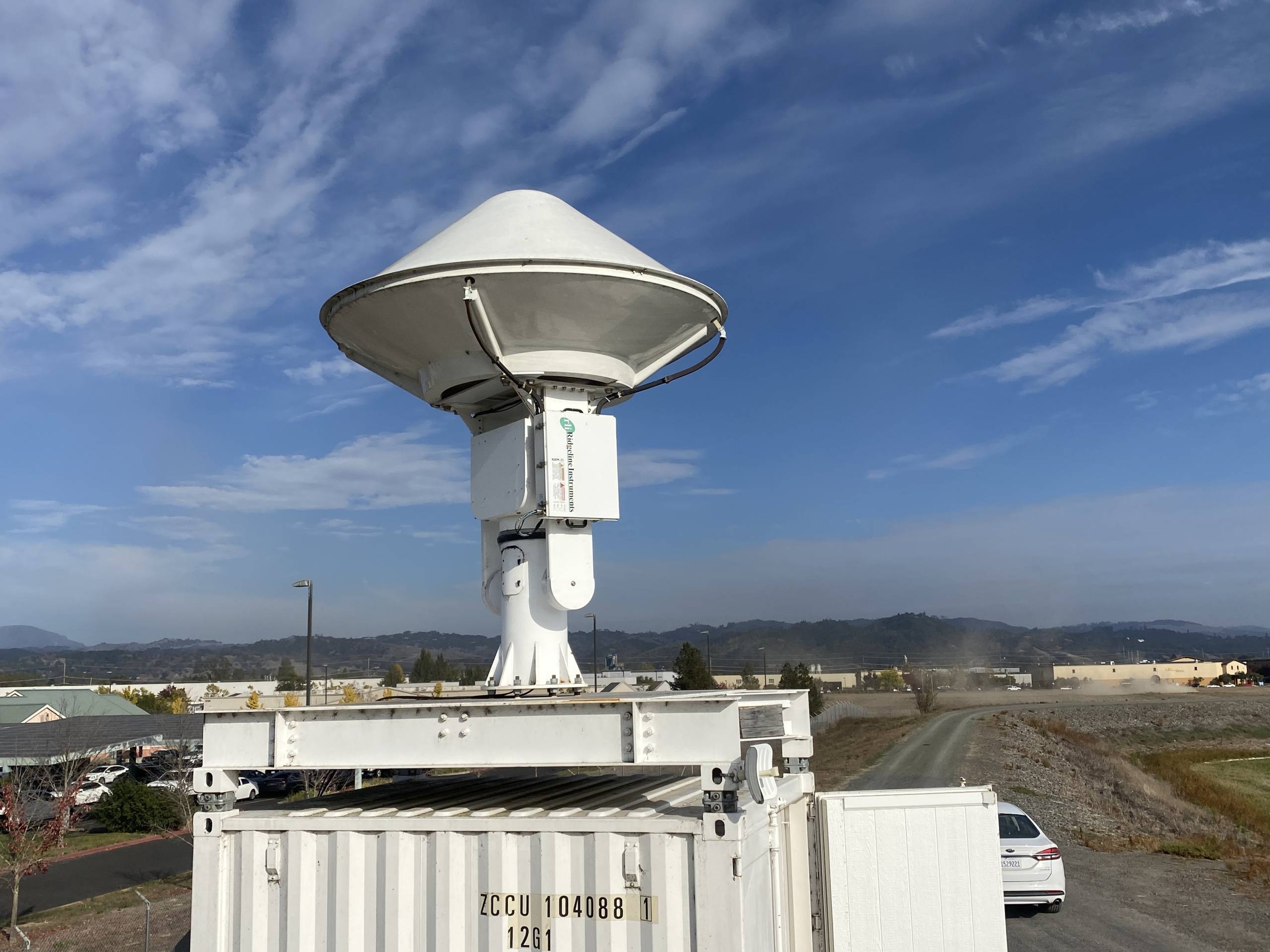One of those experiments was to make the water system in the county 100% carbon-free by 2015; now, all of the power that Sonoma Water uses to gather and transport water throughout the region is generated by hydroelectric, wind, geothermal and solar sources.
Sonoma’s carbon-free water system wouldn’t have been possible without the Regional Climate Protection Authority, a Sonoma-wide collaboration that was established in 2009 with a countywide mindset for solving climate problems. It’s the state’s only regional climate authority; every city and agency in Sonoma County coordinates grants and other planning for climate protection and reducing greenhouse gas emissions.
“That model is worth exploring and sharing with other communities that are looking for a way forward,” said Grant Davis, general manager of Sonoma Water.
Representatives from the water agency, which supplies water to more than 600,000 people, will also share in Egypt how they are adapting to atmospheric rivers — big storms that can cause extreme flooding. According to recent research from Bay Area scientists, these storms are expected to get up to 37% wetter by the end of the century.
The team will take part in a session on atmospheric rivers, including how the agency is providing reservoir operators with near-term climate forecasts to inform their management decisions using a program called forecast-informed reservoir operations, or FIRO.
“If you don’t have enough atmospheric rivers in winter, you’ll slide towards drought. If you have too many, and they’re too big, you head towards flood,” said Marty Ralph, director of the Center for Western Weather and Water Extremes at Scripps Oceanography. Ralph is attending the conference in Egypt, too.
 A radar unit in Santa Rosa hunts for severe rain. (Ezra David Romero/KQED News)
A radar unit in Santa Rosa hunts for severe rain. (Ezra David Romero/KQED News)
Water managers at Lake Mendocino used to release water based on demand, independent of forecasted storms. Now, they mostly conserve and wait for a major rainstorm, releasing water from the reservoir at times when they know more is on the way.
The program “was able to save 20% of that reservoir’s capacity in a drought year because we were able to hold the water back when you know you don’t have rain coming,” said Brad Sherwood, assistant general manager for Sonoma Water, who is also attending the global conference.
Congress allowed the agencies to pilot this technology — really a new way of thinking about water management — at Lake Mendocino. But the idea has spread, and reservoir operators across the West Coast are experimenting with it.
In partnership with agencies across the region and state, Sonoma Water is creating a Bay Area-wide system of radar units that can better predict the characteristics of a storm, called the Advanced Quantitative Precipitation Information system, funded by the California Department of Water Resources.


















